Customer centricity has been linked to increased profits for companies. For instance, brands that focus on their customers are 60% more profitable than those that don’t. But how can your organization do the same? How can you engage with saturated audiences at scale and still deliver customer-centric marketing?
With marketing automation, these brands can scale their engagement with their audiences. They can also attract new customers. They can be customer-centric.
At the same time, with personalization, brands can deliver a unique experience and tailor messages that encourage them to take action.
Therefore, these organizations realize that their audiences are saturated. Thus, they find strategic ways to engage with them across the customer lifecycle.
There are many strategies your organization can follow today to become customer-centric as you pursue marketing efficiency through automation. For example, by going beyond buyer personas and using augmented buyer personas, or by personalizing the customer journey with technology.
Let me share 11 marketing automation strategies to build customer-centric marketing that helps people take action, increase customer loyalty, and uplift your revenue.
What’s Customer-centric Marketing?
In customer-centric marketing, the customer is at the center of all marketing decisions and outputs. This means that all marketing strategies, tactics, and messages must be designed with the customer in mind.
The goal of customer-centric marketing is to create a unique and personalized experience for each customer that will result in lifelong loyalty.
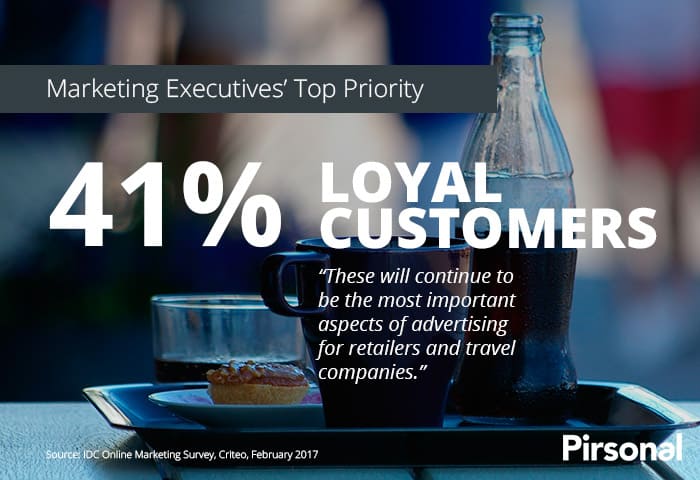
To do this, businesses must first understand who their target customers are and what they want and need. Only then can they create a marketing strategy that will resonate with them.
As organizations, we are here to serve our customers and exceed their expectations. In a world where consumers have more choices than ever before and are constantly bombarded, customer-centricity is key.
It’s increasingly important for brands to focus on providing a great experience that will attract potential customers in the first place and then keep them coming back.
With all the world events taking place, your customers need to feel and know that they are your top priority. So make sure your message is clear and genuine – they will appreciate it.
Customer Centricity Stats For Automated Marketing
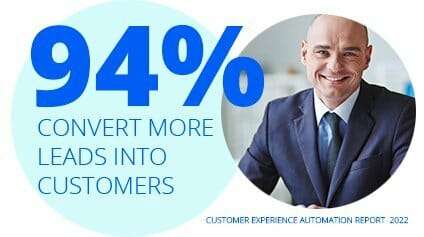
- Customer-centric companies are 60% more profitable than companies that aren’t.
- 33% of executives want to improve engagement with customers.
- The global marketing automation market is expected to grow at a CAGR of 7.6% by 2025.
- 60% of executives say digital transformation is their most critical growth driver.
- 72% of global consumers would consider changing service providers in response to receiving a disconnected experience.
- 86% of buyers are willing to pay more for a better customer experience.
- According to 67% of customers, companies are actively working towards improved customer service.
- Customer experience automation users predict more than 100% revenue growth in 2022.
- Brands see a 94% improvement in the number of leads that became customers with customer experience automation.
13 Strategies To Build Customer-centric Marketing Automation
In today’s noisy and crowded marketplace, it is more important to have a laser-like focus on your target customers.
With so many choices available, customers will only give you their business if they know that you understand them and are catering to their specific needs. Pay attention to these 11 customer-centric strategies for your marketing automation efforts.
#1 Use recurring customer surveys to constantly understand the customers’ needs
Recurring customer surveys are critical for understanding the ever-changing needs of your customer base. When you constantly survey customers, you can stay ahead of the curve and adapt your offerings to meet their needs almost in real time.
With marketing automation software, you can scale this strategy. Use customer signals to automatically trigger surveys sent by email based on the actions or inaction of your customers. For example, during the first days of a service subscription.
This helps to ensure that your customers remain satisfied and loyal before they churn. At the same time, it helps your business remain competitive. Furthermore, by constantly soliciting feedback from your customers, you show that you value their input and the commitment to providing them with the best possible experience.
As a result, your brand shows a proactive customer-centric culture. They then understand that you are constantly working on reducing negative experiences and that your organization reinforces a positive customer experience.
#2 Identify where customers churn with analytics
Churn, or customer churn, is the rate at which customers stop doing business with a company. For instance, it’s a key metric for subscription businesses. Hence, it’s important to track in order to keep your business healthy.
This is the standard formula to calculate your churn rate: (Lost Customers ÷ Total Customers at the Start of Time Period) x 100.
Let’s see this with an example. If your company had 250 customers at the beginning of the month and lost 10 customers by the end of that cycle, you would divide 10 by 250. The result is 0.04. Then, multiply 0.04 by 100, which results in a 4% monthly churn rate.
There are a number of reasons why customers might churn. It’s important, thus, to track those reasons in order to help reduce churn in the future. You can use analytics to identify where customers are churning, and what the reasons might be.
For example, with email marketing automation, you can track when users open the onboarding emails. Similarly, you can track the click-through rate (CTR). The CTR measures the percentages of clicks in your emails.
At the same time, you can use a marketing automation tool to segment these customers before they churn. With these new segments, you can create hyper-personalized campaigns and manual follow-ups to engage with them.
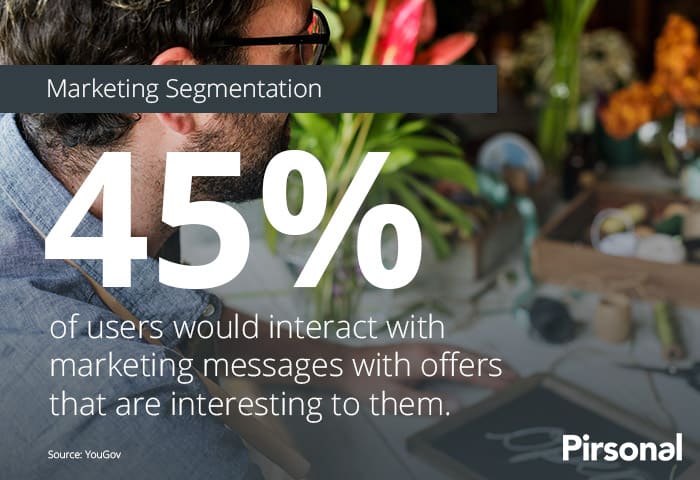
For the manual follow-ups, you can send automated messages to your customer service team letting them know that an individual shows signs of churn. They can call the customer even before the customer knows that he is about to churn.
#3 Talk to customers that have churned
When a customer leaves your business, it’s important to find out why. Was it something you did? Something they didn’t like about your product? Was a competitor offering a better deal?
Talking to customers that have churned can help you learn from your mistakes and find new value proposition opportunities. You can find out what they didn’t like about your product and what would have kept them with your business.
This valuable customer feedback can help you improve your product. At the same time, it helps you keep current loyal customers and align future customer expectations. Marketing automation can help you identify this.
With marketing automation tools, you can engage with churned customers across different digital channels. Here are a few ideas:
- Send automated email campaigns the moment a client cancels a subscription or a service. In the email, you can request the former customer to simply select a reason why they churned by clicking on an option from a list.
- If your offering requires a lot of human interaction, then instead of only sending an email, use automation to also send a notification to a customer service representative. This way, this agent or a customer success manager can call the former client right away.
- If the churned customer accesses your website, use a chatbot or a chat with triggered messages to re-engage in a conversation with this individual.
- You can also automatically send an SMS or WhatsApp message from an account manager asking for a quick call to simply know what went wrong.
#4 Map the customer journey based on segments and personas
The customer journey is the path that a customer takes from initial awareness of a product or service to eventual purchase. It also takes into account touchpoints to build customer loyalty. Marketing automation helps you build a frictionless customer journey that delivers an exceptional customer experience.
Watch the following video to learn how to personalize the customer experience through the journey.
There are a variety of segments that a customer may fall into. Each segment has its own unique set of needs and wants. At the same time, these marketing segments are made up of personas.
Personas are fictional characters that represent a segment of customers, and mapping the customer journey helps businesses to better understand how to reach and serve each segment.
The following image shows an easy exercise to create a personalized customer journey. Use this as part of your customer-centric marketing strategy.
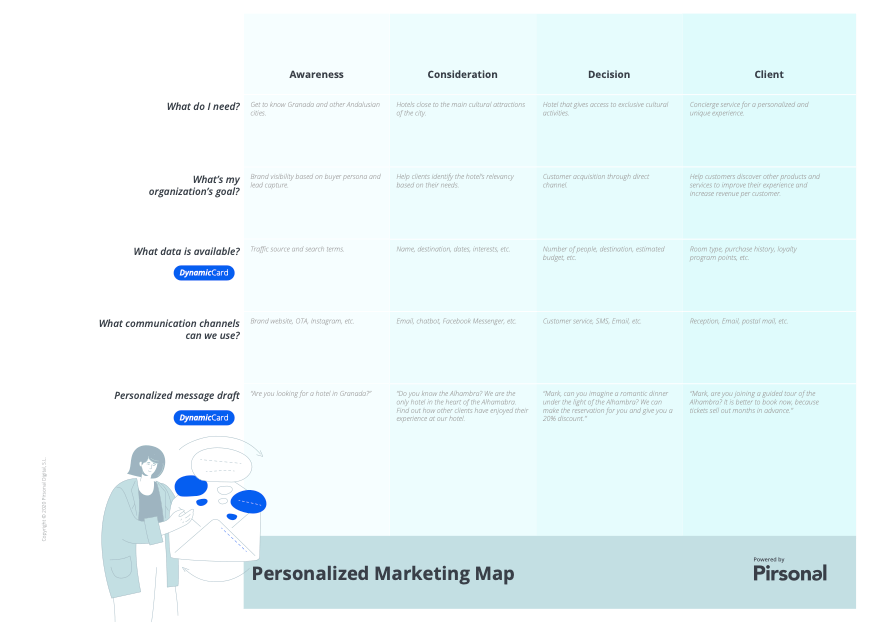
By understanding the journey that each segment takes, businesses can develop targeted marketing and sales strategies to more effectively reach and convert customers.
Customer-centric approaches and marketing automation tools help organizations deliver warm, tailored experiences and messages to these personas across the customer lifecycle.
This is extremely important when your audience hasn’t converted yet. They are still evaluating options in the marketplace. Customer-centric companies can show from day one how they care about their future customers.
Since this requires extra effort and investment from organizations, even with marketing technology, this represents a blocker for many organizations. This means that this is an opportunity for marketers that understand the importance of customer-centricity.
#5 Gather customer data across the customer journey to know more about your granular audience and serve them better
Organizations that are able to effectively utilize customer data are able to create holistic marketing automation strategies. These strategies allow organizations to unify customer data and use it to serve their customers better.
In order to create a holistic marketing automation strategy, organizations need to have a clear understanding of their customers and their needs. Additionally, they need to have a system in place that can collect and manage customer data.
Without these two components, it will be difficult for organizations to create an effective holistic marketing automation strategy. However, this alone is not enough. Once you have this information, you need to use it across all possible marketing channels.
Marketing and sales teams can greatly benefit from this. By understanding the customer better, businesses can provide a more personalized experience that is tailored to the individual. This leads to happier customers and repeats business.
#6 Define marketing segments and use localization to adapt to their needs
You can use marketing automation to better segment your market and understand the needs of each group across different geographies. This understanding can be used to localize your marketing efforts to better appeal to each group.
Localization is the process of tailoring products or services to the needs of a specific market segment. When companies localize their marketing efforts, they make sure to consider the needs of each customer segment and tailor their message accordingly.
When localization is taken into account, it can have a significant impact on adapting to different cultures and languages. For example, a US customer may have different goals and priorities than a UK customer. Similarly, a UK buyer could use different words to describe a service.
Localization allows companies to better connect with their target audience and improve their chances of making a sale. Additionally, marketing automation can help you keep track of your results and make necessary adjustments to your local marketing strategy.
#7 Create buyer personas to serve clients based on common needs
In order to create successful marketing automation, you will first need to have a solid understanding of your customer base. You need to know who your buyer personas are and what they are looking for.
Once you have this information, you can begin to create campaigns that are specifically tailored to them. Additionally, you will need to keep your customer data updated on a regular basis. This way, you can be sure that your campaigns are always relevant and effective.
When creating buyer personas, it is important to consider the common needs of your clients. Use buckets, personalization tags, or similar to segment these groups.
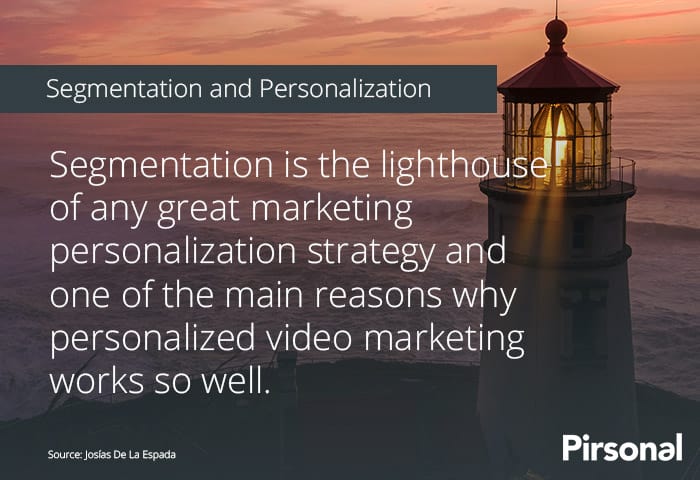
By understanding the needs of your clients, you can create personas that will address these needs and help you to serve them more effectively.
#8 Go beyond the buyer persona with augmented buyer personas to serve individuals based on specific needs
Many businesses have a pretty good idea of who their target customer is. For example, they know their general age, gender, location, position, and interests, and they can connect that to a familiar customer.
This is what’s known as a buyer persona. But what if you could go beyond that? What if you could create an augmented buyer persona that takes into account specific customer data? This would give a marketing team a more realistic picture of the customer.
An augmented buyer persona is a profile of an individual that includes all the interrelated information gathered about that individual and their buyer persona. This allows you to create a more complete picture of your target customer. As a result, this helps you better tailor your marketing and sales efforts across the customer’s lifetime.
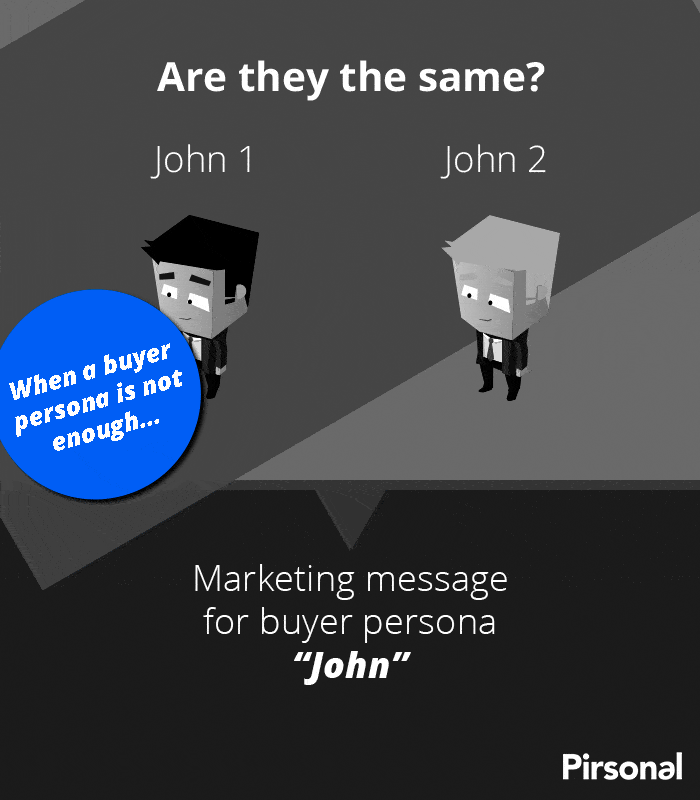
For example, imagine you’re a clothing retailer. You might have a buyer persona for “women that are like Jennifer, in their 20s who live in urban areas and are eco-friendly.”
But what if you could also create an augmented buyer persona for Sara Joe, a woman that has already spent more than 500 USD through e-commerce, seems to be eco-friendly because of the product she bought, and just joined the loyalty program?
Companies can use this information across the entire organization. Therefore, they can deliver a superior customer experience through different marketing campaigns. Even if this experience is powered by a marketing automation platform.
#9 Larger organizations should focus more on customer retention
Smaller organizations have a clear opportunity to deliver a superior customer experience with customer experience automation. This is a great competitive advantage. Modern marketing technology makes this possible.
For instance, studies show that larger organizations are often more concerned with customer acquisition than customer retention. However, customer retention is just as important, if not more so.
By automating the customer experience, smaller organizations can deliver a more personalized and efficient experience, leading to higher levels of customer satisfaction and loyalty.
The same type of experience larger organizations can provide. Thanks to automation and the democratization of software as a service (SaaS), small-size companies can easily incorporate a customer-centric culture into their automated marketing.
#10 Create personalized content strategically across the customer’s journey.
If you want to keep your customers engaged, you need to create personalized content that speaks to them directly.
Personalized content is key to keeping customers engaged. It’s a challenge for brands, however, to create content that speaks to each customer directly. To succeed, you need a customer-centric mindset. Also, the right marketing technology that helps you scale without breaking the bank.
Creating a connection with customers is essential to keep them coming back. There are a number of ways any organization can accomplish this:
With a personalized video. A personalized video is a video that has been tailored to include the viewer’s data. For example, first name, favorite product, or brand logo.
This type of video is usually created by businesses or organizations as a way to connect with their audience on a more personal level.
Personalized videos can be used for marketing campaigns, customer service, or just to show appreciation for someone’s support. With Pirsonal’s platform, you can automatically make personalized videos for customers at scale in a cost-effective way.
To know more about personalized marketing videos, take a look at this complete guide on personalized marketing videos. There, you’ll find examples, cases studies, and strategies to use personalized marketing videos across the customer journey.
With dynamic landing pages. Similar to a personalized video, a dynamic or personalized landing is a web page that is powered by variable data. For example, it can use customer data to adapt the experience and content.
With Pirsonal Pages, you can automatically personalize landing pages with customer data. Companies use these landing pages to provide a positive experience but also to reinforce a specific message as part of a marketing or sales funnel.
With interactive videos. Personalized interactive videos allow companies to personalize the interaction the individual customer sees. For example, with Pirsonal Player you can automatically add calls-to-action (CTA) with personalized content to videos at scale.
Sales teams use these clickable videos to interact with potential buyers. By doing this, a sales team enjoys higher conversion rates, since personalized calls to action are more effective than generic ones.
#11 Incorporate marketing technology to support operations
The goal of marketing technology is to support the marketing team’s efforts in achieving company objectives. Marketing technologies can be used for a number of tasks, including managing customer relationships, automating marketing processes, and measuring marketing performance.
By incorporating marketing technology into operations, companies can improve efficiency and effectiveness. One way to incorporate marketing technology is to use a Customer Relationship Management (CRM) system interlinked with every marketing tool within the organization.
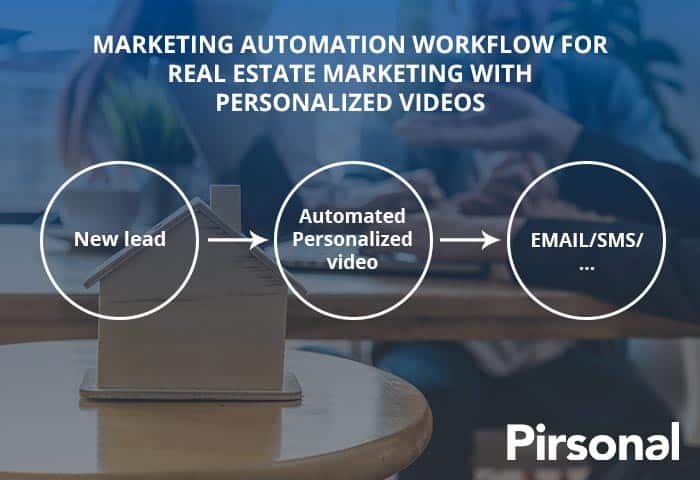
Use marketing automation and personalized videos to engage with real estate leads
CRM systems help companies manage customer data, automate marketing processes, and measure performance. By using a CRM system, companies can improve customer satisfaction and increase sales with automation.
When your CRM is interlinked to all customer data sources and marketing tools, you have a distinct advantage over your competitors. You are able to have a single point of data that helps you interact with customers in a unified way, giving you a crucial edge in the marketplace.
#12 Focus on long-term relationships
Companies should make an effort to create long-term customer journeys. However, this can be complex, but it pays back in terms of long-term relationships and retention.
By definition, a customer journey is “the sum of all experiences a customer has with a brand/product/service.” Creating memorable and positively cohesive experiences is essential to keeping customers engaged with your company.
It’s been proven that happy customers are more likely to return and continue doing business with you, as well as recommend your company to others.
With marketing automation, small or big marketing teams can create long-term automation that engages with customers. This also brings new revenue opportunities as with a data-driven approach organizations can upsell and cross-sell products and services.
#13 Use video marketing strategically
Your video marketing should walk with prospects, leads, and buyers across the customer journey to boost the customer experience (CX) and help people take action. To achieve this, you need to think about your videos from with a different mindset.
This means that want more than video views. You want viewers that consume your video content because the videos walk with them across the journey. Because your video marketing walks with them, they take action at different touchpoints.
Final thoughts
In conclusion, marketing automation offers a wide array of options to build customer-centric marketing. No matter the size of the marketing department, this marketing helps organizations accelerate the sales process.
It provides customer data that can be used to improve customer service and support, target new customers, and upsell existing customers.
A great customer experience is one that is tailored to the individual and provides value. A customer-centric organization understands that each customer is different and requires a different approach.
Organizations must align their marketing techniques with their customer experience strategies in order to scale. Automation can also help to improve the accuracy and consistency of marketing campaigns through the customer lifecycle and beyond.

